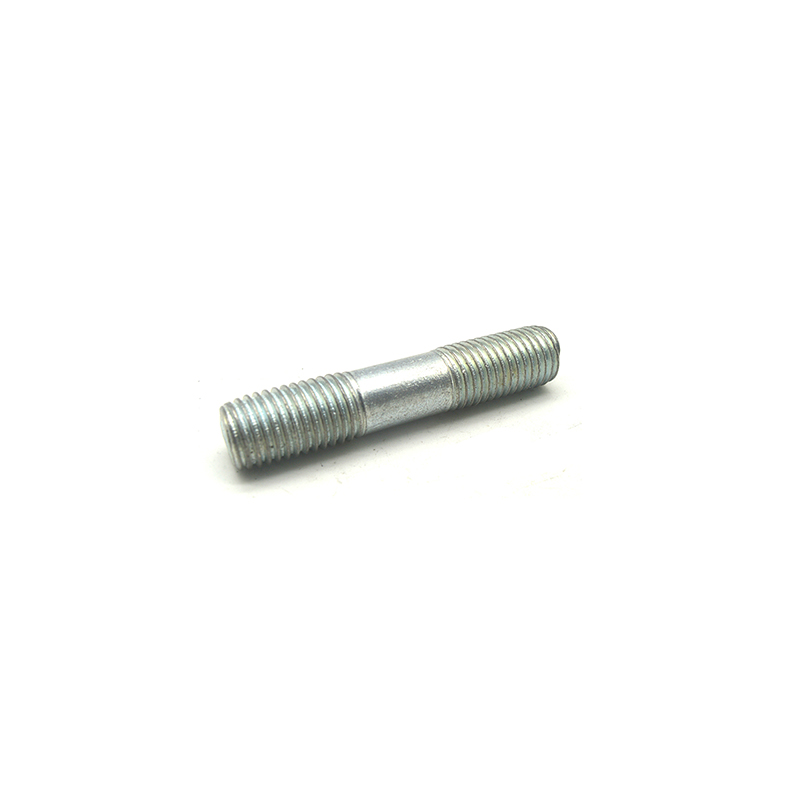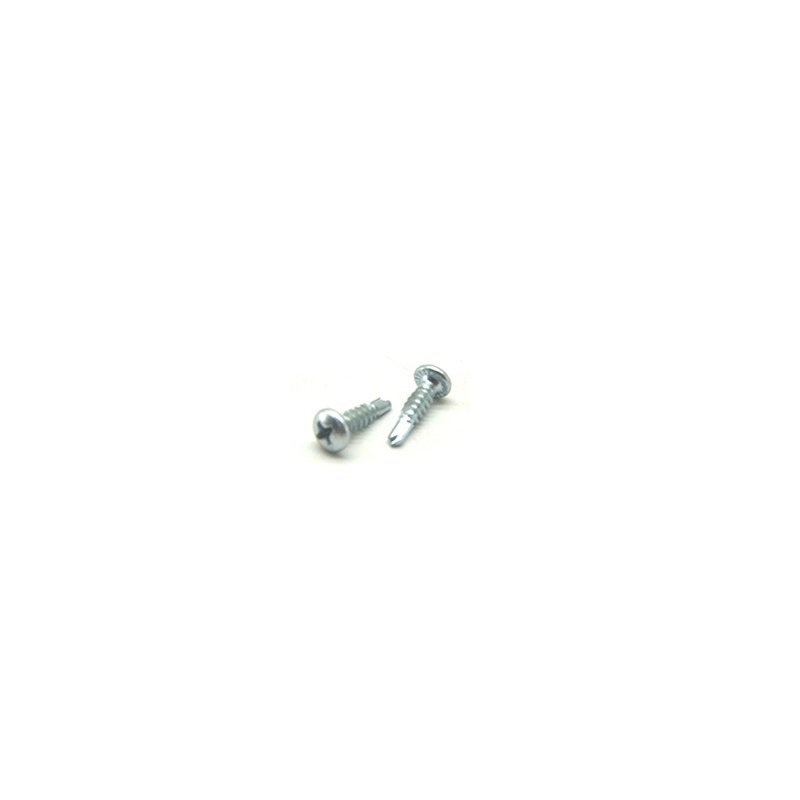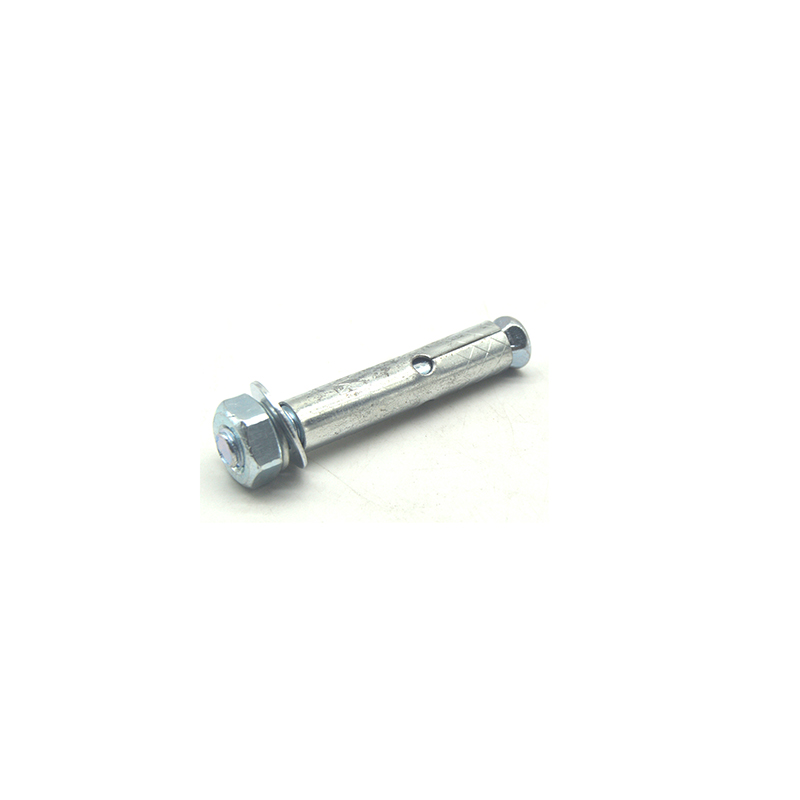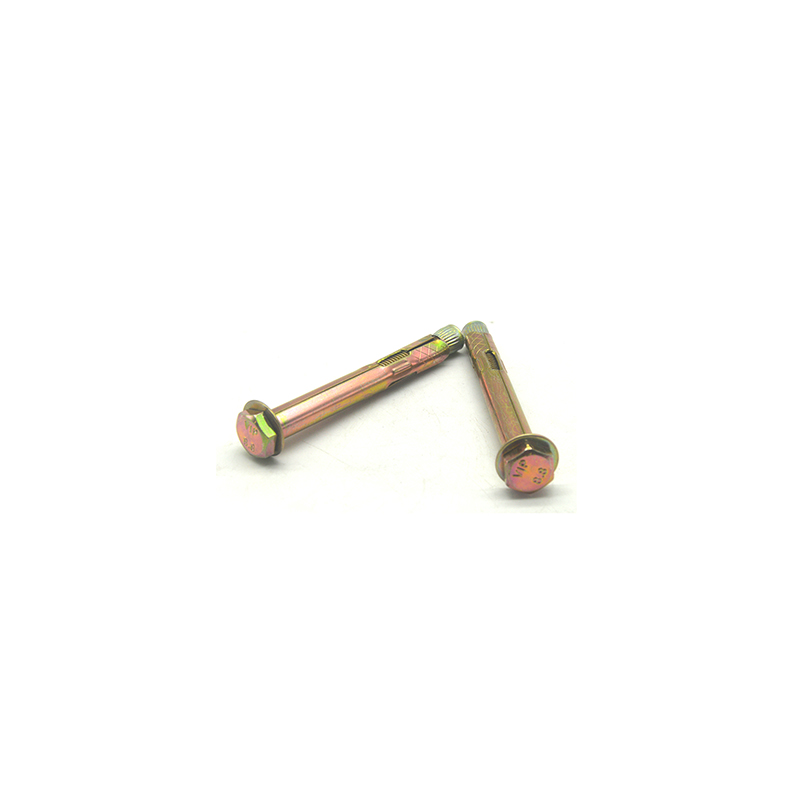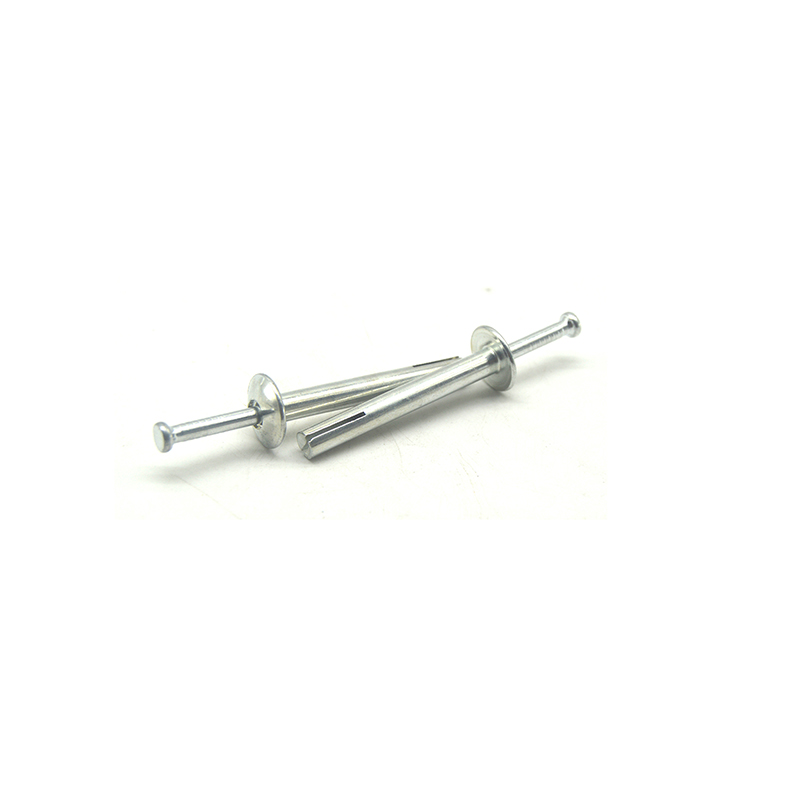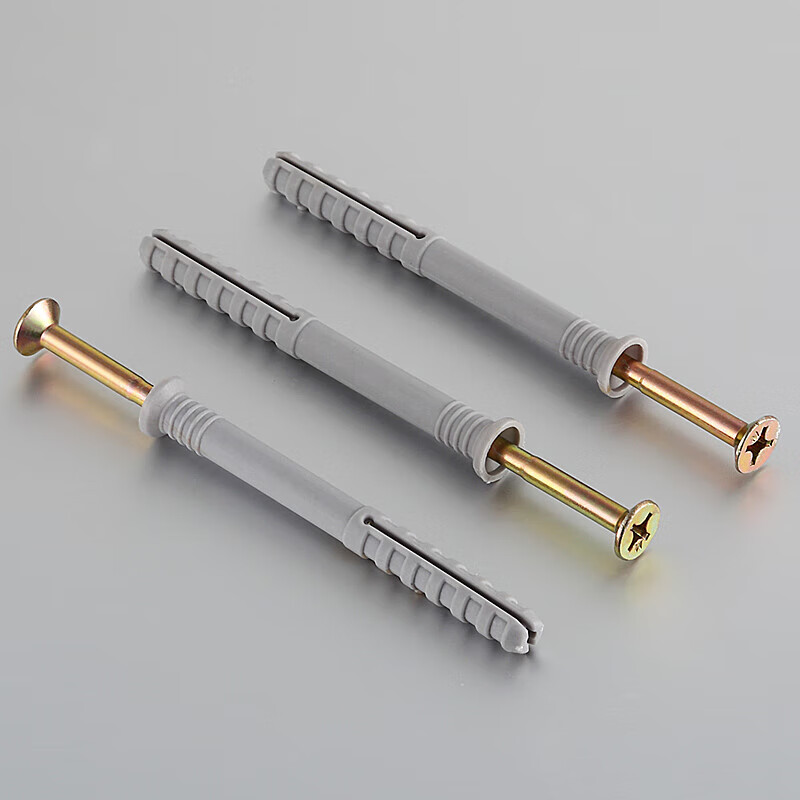- Chinese
- French
- German
- Portuguese
- Spanish
- Russian
- Japanese
- Korean
- Arabic
- Irish
- Greek
- Turkish
- Italian
- Danish
- Romanian
- Indonesian
- Czech
- Afrikaans
- Swedish
- Polish
- Basque
- Catalan
- Esperanto
- Hindi
- Lao
- Albanian
- Amharic
- Armenian
- Azerbaijani
- Belarusian
- Bengali
- Bosnian
- Bulgarian
- Cebuano
- Chichewa
- Corsican
- Croatian
- Dutch
- Estonian
- Filipino
- Finnish
- Frisian
- Galician
- Georgian
- Gujarati
- Haitian
- Hausa
- Hawaiian
- Hebrew
- Hmong
- Hungarian
- Icelandic
- Igbo
- Javanese
- Kannada
- Kazakh
- Khmer
- Kurdish
- Kyrgyz
- Latin
- Latvian
- Lithuanian
- Luxembou..
- Macedonian
- Malagasy
- Malay
- Malayalam
- Maltese
- Maori
- Marathi
- Mongolian
- Burmese
- Nepali
- Norwegian
- Pashto
- Persian
- Punjabi
- Serbian
- Sesotho
- Sinhala
- Slovak
- Slovenian
- Somali
- Samoan
- Scots Gaelic
- Shona
- Sindhi
- Sundanese
- Swahili
- Tajik
- Tamil
- Telugu
- Thai
- Ukrainian
- Urdu
- Uzbek
- Vietnamese
- Welsh
- Xhosa
- Yiddish
- Yoruba
- Zulu
- Kinyarwanda
- Tatar
- Oriya
- Turkmen
- Uyghur

Flange Nut
The Intricacies of Flange Nuts
The versatile yet often overlooked flange nut. It's more than just a fastener; it's the unsung hero in many assemblies, offering both ease of use and reliability in applications where others might falter. Yet, misconceptions persist, often downplaying its role, or even misapplying it altogether.
Basics of the Flange Nut
At a glance, a flange nut might seem like a regular nut—just with an attached flange at its base. However, this seemingly simple feature has profound implications for its utility. That flange is what distributes pressure over a larger surface area, thereby reducing the likelihood of damage or loosening. This small modification often goes unnoticed, until you see it in action, tackling vibrations in automotive settings or securing your household appliances with unexpected tenacity.
My first experience with these was humbling. I underestimated the flange nut, using it where it wasn't needed, yet the outcome made me a believer. The firm grip and reliability were unmistakable, especially in scenarios involving softer materials where other nuts might simply bite through.
Yet, even with their advantages, people seem to either over-spec or under-spec these little heroes. This is where experience plays a pivotal role. Being able to discern when a flange nut is the right choice can make all the difference between a seemingly sturdy assembly and a genuinely robust one.
Applications and Misconceptions
One common misconception is that flange nuts are only for automotive use. While they're indeed prevalent there, they find purpose in many other industries. Construction, manufacturing, and even electronics make good use of their capabilities. It's easy to get pigeonholed into thinking a nut is just a nut, but underestimating its engineering can lead to costly oversights.
Consider the work done by Handan Shengtong Fastener Manufacturing Co., Ltd., which sits at the heart of China's fastener industry. The company, established in 2018 in Handan City, Hebei Province, provides a range of fasteners, showcasing how varied and crucial flange nuts can be across different demands. More details can be found on their [website](https://www.shengtongfastener.com), which provides a comprehensive look at the versatility of these and other fasteners.
A rookie mistake I’ve often seen is pairing a flange nut with surfaces that don’t need or can't handle the extra pressure distribution. The thought process is understandable—more surface contact sounds safer, right? But this misconception can lead to deformations or potential failures if material properties aren't accounted for.
Material Considerations
Materials matter, and this is just as true for flange nuts as for any fastener. Steel and stainless steel flange nuts are common, given their strength and corrosion resistance. However, each has its uses and misuses. While stainless steel might seem like the go-to for corrosion-prone environments, it’s not always ideal for high-temperature settings where it might lose tensile strength.
I remember a project involving a marine application, where corrosion was a chief concern. We ran with the intuitive choice—stainless steel—and only later discovered the thermal challenges it introduced. It was a learning curve, where the choice of material had as much bearing on success as the choice of fastener itself.
Brass, nylon, and other materials offer niche benefits—electrical insulation, reduced weight—but understanding the balance between them and the application is key. Sometimes, it takes hands-on experimentation to realize that a humble material like nylon could save time and resources when you've been repeatedly frustrated by metal fatigue in less demanding applications.
Installation Tips and Tricks
Getting the most out of a flange nut involves more than just screwing it onto a bolt. The torque applied during installation must be precise, particularly in cases where over-tightening could lead to damage of the contact material. Using a torque wrench can be invaluable here, especially if consistency and reliability are your goals.
I’ve always stressed the importance of maintaining proper alignment during installation. Misalignment can nullify the pressure-distributing benefits of a flange, leading to uneven stress and eventual failure. This is especially crucial in high-speed scenarios, like certain automotive applications where every slight imbalance is magnified.
Also, understanding the surface finish can save headaches. A polished surface might seem ideal, but too smooth, and you risk slippage under stress. The texture and finish can make a difference in how the nut performs, a tiny detail that can sometimes make or break an assembly.
Practical Challenges and Solutions
The challenges with flange nuts, like with any hardware, are often practical rather than theoretical. Weather, environmental exposure, and unforeseen stresses all play a role in how these parts perform over time. Recognizing potential long-term issues is as vital as planning for immediate needs.
Consider a scenario with fluctuating temperatures: thermal expansion can be the sneaky culprit that loosens a seemingly tight assembly. Choosing the right material and maintaining vigilance with regular checks becomes a part of the process.
Another challenge often encountered is accessibility during installation. Reaching cramped corners or inconvenient places where flange nuts need to fit can test patience and flexibility. Having the right tools, or modifying existing ones to fit, is often the unsung hero in ensuring flange nuts perform as expected, regardless of where they are used.
Related products
Related products
Best selling products
Best selling productsRelated search
Related search- best self tapping screws for steel
- button head self tapping screws
- stainless steel self tapping screws for plastic
- zinc self tapping screws
- 50mm self tapping screws
- self tapping screws white head
- 14 stainless steel self tapping screws
- zinc plated self tapping screws
- 3 4 drywall screws
- automotive self tapping screws





